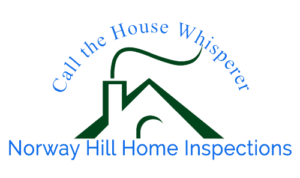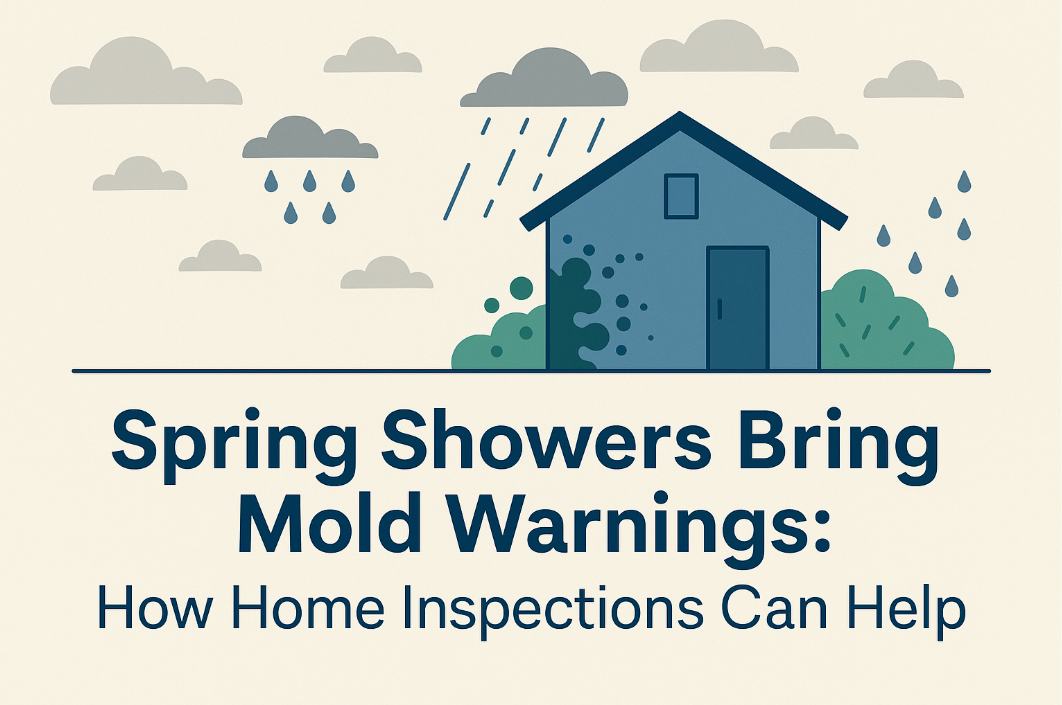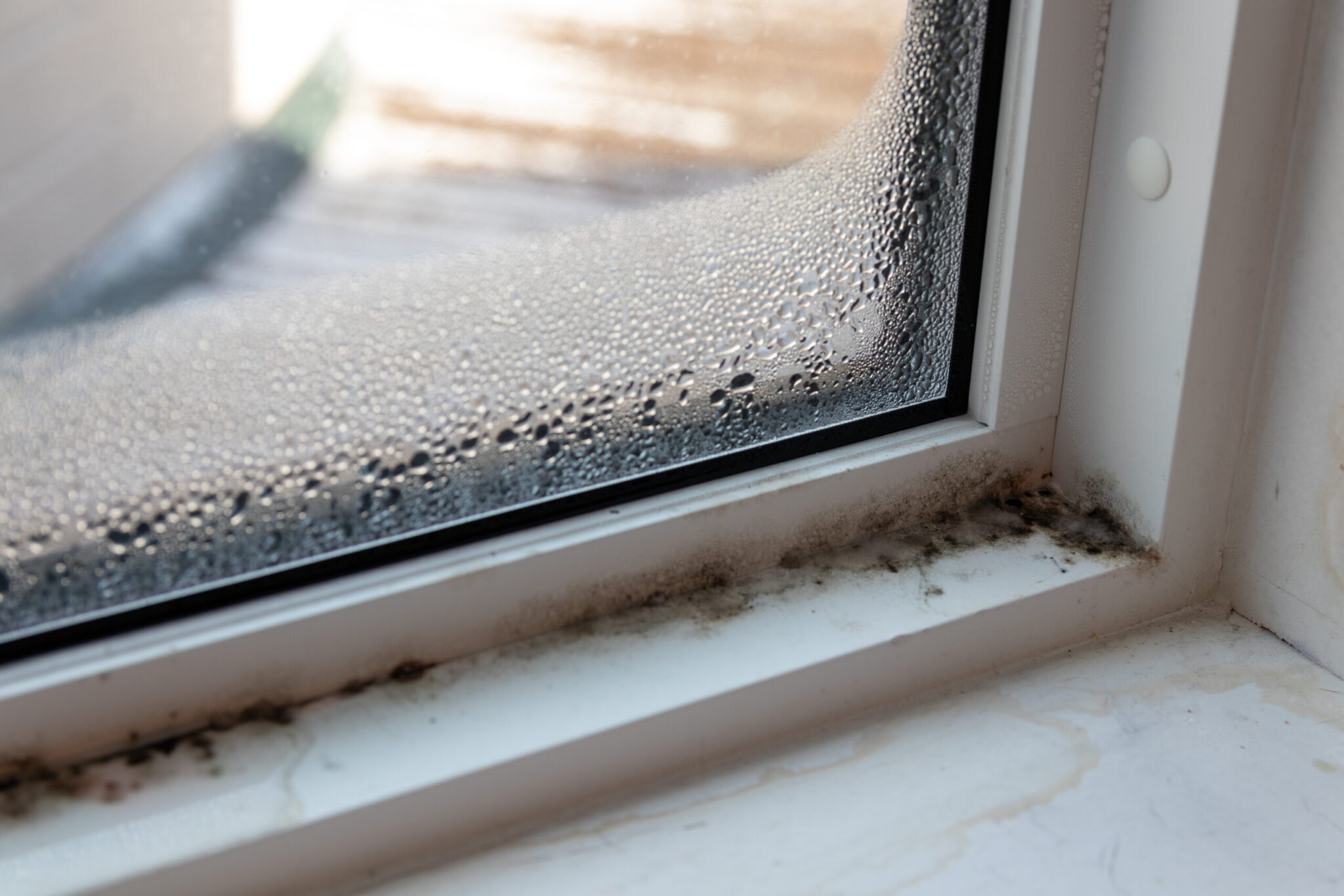As winter fades and spring rains begin to fall, many homeowners look forward to blooming gardens, green lawns, and longer days. But with those spring showers comes something far less welcome—moisture buildup, which can lead to hidden mold growth inside your home. Mold isn’t just an eyesore; it can cause significant damage to your property and even affect your health.
This is where home inspections come in. Whether you’re buying a house or maintaining the one you already love, a spring home inspection can help identify moisture issues before they become moldy disasters.
Why Spring Is Prime Time for Mold Growth
Spring is a transitional season. Snow is melting, rain is falling, and your home is dealing with an influx of moisture from multiple angles. This makes spring one of the most common times for mold to take root.
Here’s why:
-
Snowmelt runoff can seep into basements or crawlspaces if not properly drained.
-
Spring rains can expose roof leaks, gutter clogs, or foundation cracks.
-
Warmer temperatures create humid indoor conditions, especially if ventilation is poor.
Even a small water intrusion, if left unnoticed, can result in rapid mold growth within 24–48 hours.
What Is Mold and Why Is It Dangerous?
Mold is a type of fungus that thrives in damp, dark, and poorly ventilated environments. It reproduces by releasing tiny spores into the air—spores that can land on damp surfaces and begin to grow.
Common household molds include Cladosporium, Penicillium, and Aspergillus, but one of the most notorious is Stachybotrys chartarum, also known as black mold.
Potential Risks of Mold in the Home:
-
Structural damage to drywall, insulation, wood, and flooring
-
Musty odors that are hard to remove
-
Allergic reactions like sneezing, coughing, itchy eyes, or skin irritation
-
Respiratory issues, particularly for those with asthma or weakened immune systems
-
Reduced home value and added difficulty during a sale
Where Mold Hides in the Home
You might think mold is easy to spot—but often, it hides in areas that aren’t part of your day-to-day routine. A thorough home inspection focuses on the exact places where mold is likely to go unnoticed.
Common mold-prone areas include:
-
Attics, especially around roof leaks or poor ventilation
-
Basements and crawlspaces, where moisture builds up from the ground
-
Behind drywall in kitchens, bathrooms, and laundry rooms
-
Around windows, due to condensation
-
Inside HVAC systems, where air circulates mold spores throughout the home
How a Home Inspection Helps Catch Mold Early
A professional home inspector is trained to identify the signs of potential mold problems—even when you can’t see the mold itself. Here’s how they help:
🔍 Visual Clues
Inspectors look for discoloration, water stains, peeling paint, warped materials, or visible mold growth.
💧 Moisture Detection Tools
Many inspectors use moisture meters and infrared cameras to find hidden moisture behind walls or beneath flooring—conditions that can lead to mold.
🌬️ Ventilation Check
Inspectors evaluate ventilation systems in kitchens, bathrooms, attics, and basements. Poor airflow is a key contributor to moisture retention and mold growth.
📋 Recommendations
If mold is suspected or identified, your inspector can recommend the next steps—whether that’s professional mold testing, remediation, or moisture mitigation.
Preventing Mold After the Inspection
Once your inspection is complete, take proactive steps to prevent future mold growth, especially during the wet spring season:
-
Fix leaks immediately, whether in your roof, plumbing, or foundation.
-
Ensure proper drainage around your home to direct water away from the foundation.
-
Clean gutters regularly to prevent overflow and water seepage.
-
Use dehumidifiers in damp spaces like basements.
-
Install exhaust fans in bathrooms, kitchens, and laundry rooms.
-
Monitor indoor humidity, keeping levels below 60%, ideally between 30–50%.
Buying a Home This Spring? Be Mold-Aware
If you’re purchasing a home in the spring, be especially cautious of properties with recent repairs, musty odors, or signs of water damage. Mold remediation can be costly, and undisclosed mold issues can become legal and financial headaches down the line.
A professional home inspection—often a standard part of the homebuying process—offers peace of mind by identifying mold risks before you sign on the dotted line.
In Summary:
-
Spring’s combination of rain, snowmelt, and rising temperatures creates ideal conditions for mold growth.
-
Mold can damage your home and impact your health, even if you can’t see it.
-
Home inspections are a critical tool for identifying moisture and mold risks.
-
Regular maintenance and moisture control are your best defense against mold.
Don’t let spring showers rain on your parade—or your property. A thorough home inspection now can help protect your home and your family from mold-related issues all year long.



